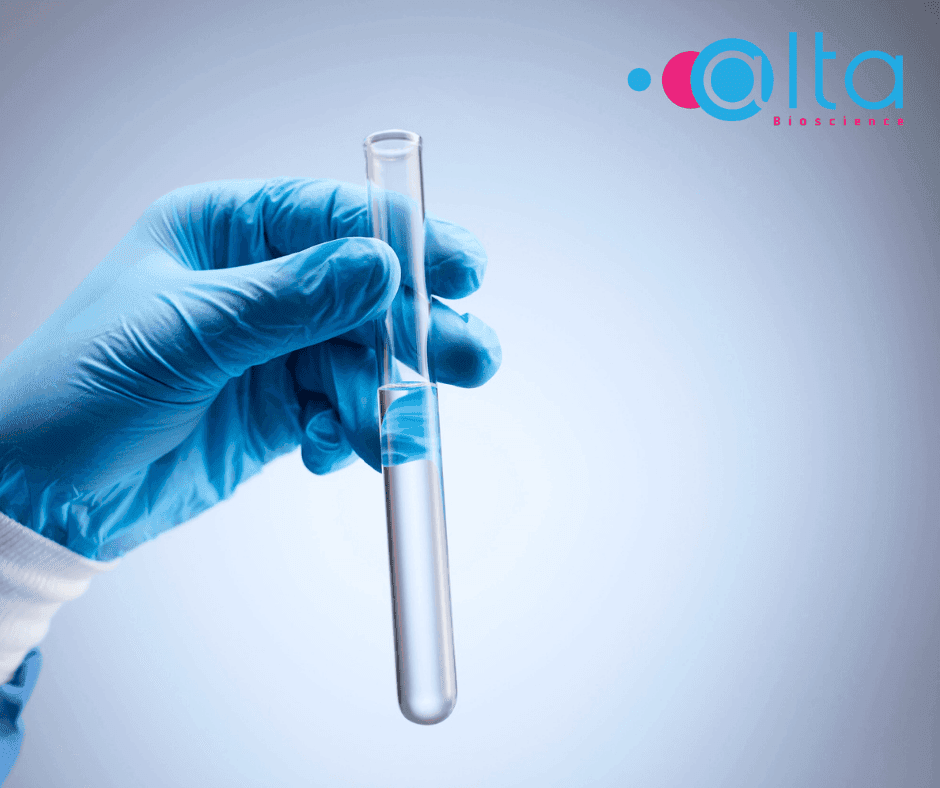Amino Acid Analysis of Jarocare R25, a Red Lentil-Derived Hair Care Ingredient
Background
AltaBioscience supports and collaborates with a wide range of industry types, providing UKAS accredited amino acid analysis and protein sequencing services. Our exacting and well-established methods generate accurate and reproducible data that supports clients with new product development, method validation, and routine quality assurance.
One such collaboration is with James Robinson Speciality Ingredients (JRSI), a specialised manufacturer of cosmetics ingredients. With sustainability and efficacy in mind, JRSI’s Biotome division developed Jarocare R25, a COSMOS-approved bond repair solution derived from red lentil protein.
Produced using a proprietary enzymatic hydrolysis process, the preserved amino acids in R25 perform an essential role in repairing broken bonds in damaged hair.
To support and validate this novel ingredient, JRSI required detailed amino acid profiling of their protein hydrolysates during product development, to demonstrate that the functional integrity of key amino acid groups was maintained throughout the enzymatic hydrolysis and extraction process.
Active Peptides in the Hair Industry
Hair holds deep cultural, psychological, and aesthetic significance across societies, often serving as a marker of identity, health, and personal expression. Its condition and appearance can influence perceptions of vitality, confidence, and self-image. As a result, the demand for scientifically backed hair care solutions continues to grow,
particularly those targeting damage and supporting visible restoration without compromising on safety or sustainability, such as those derived from natural sources.
Low molecular weight peptides and amino acids are widely used in the hair care industry for their ability to restore structural integrity, enhance moisture retention, and promote overall fibre resilience. They can easily penetrate the hair shaft due to their small size, but also due to the presence of specific amino acid functional groups that helps restore bonds between keratin strands via non-covalent interactions and crosslinking reactions.
While peptides can be produced by chemical peptide synthesis, there is renewed interest in using enzymatic hydrolysis of natural ingredients due to its gentler, cleaner, and more sustainable profile. JRSI’s unique solvent-free enzymatic extraction process exemplifies this approach, carefully preserving lysine, arginine, and histidine, the amino acids most crucial for structural hair restoration.
Amino Acid Analysis of Protein Hydrolysates
Amino acid analysis is a highly sensitive analytical technique used to identify and quantify the individual amino acids present in a protein or peptide sample. The precise compositional data was used by JRSI to assess the impact of their hydrolysis method when processing red lentil protein.
Prior to analysis, the hydrolysate sample was further hydrolysed to its individual amino acids using concentrated hydrochloric acid (HCl) at elevated temperatures. The sample was then dried under vacuum to remove HCl and reconstituted in a buffer compatible for analysis.
Using ion-exchange chromatography (IEC) with post-column ninhydrin derivatisation, we were able to provide good baseline resolution and accurately quantify the 18 amino acids JRSI required (Figure 1).
Performing AAA under our ISO 17025 UKAS accredited methods ensured the highest standards of analytical reliability and was a fundamental step in verifying the success of JRSI’s enzymatic hydrolysis method.

Guiding Product Development Through Data
The amino acid profile provided to JRSI gave the R&D team vital insight into how the red lentil protein had been transformed by their enzymatic process. This information allowed them to:
- Confirm the structural integrity of key amino acids,
- Correlate amino acid content with observed performance improvements,
- Refine their processing method.
The development and launch of Jarocare R25 reflects a deep commitment to science-led innovation, sustainability, and performance.
Beyond R&D: The Role of AAA in Manufacturing and Compliance
While AAA was essential for JRSI in the R&D phase of product development, its value extends throughout the product lifecycle. During manufacturing, amino acid profiles serve as a critical quality control benchmark, ensuring batch-to-batch consistency and product quality.
- Process Control: Ensuring the enzymatic extraction continues to yield consistent amino acid content.
- Product Stability: Monitoring amino acid degradation over time or under varying storage conditions.
Conclusion
Using amino acid analysis, JRSI were able to confirm that Jarocare R25 retained the required levels of lysine, arginine, and histidine, the key amino acids associated with protein structure and bond repair in hair fibres. JRSI went on to successfully demonstrate that their innovative, biodegradable, and COSMOS-approved hair care ingredient outperformed conventional hydrolysed protein ingredients used in the market.
Amino acid analysis plays a pivotal role in driving innovation in cosmetic ingredients, from validating scientific hypotheses to ensuring product quality. As demand grows for sustainable, high-performance active ingredients, so does the need for precise analytical support.
“Amino acid analysis isn’t just a fundamental requirement for product development; it is an ongoing assurance that the process is performing as intended. Consistent amino acid profiles are a key indicator of product quality and extraction efficiency. We are proud to support JRSI’s innovation in sustainable haircare and look forward to continuing our collaboration“, said Sarah Hawker, Head of Amino Acid Analysis at AltaBioscience.
At AltaBioscience, we are proud to support leading innovators, such as JRSI, turn biotech breakthroughs into market-ready, high-impact solutions.
For further information or to discuss your project with our scientists, email info@altabioscience.com.
Download PDF




